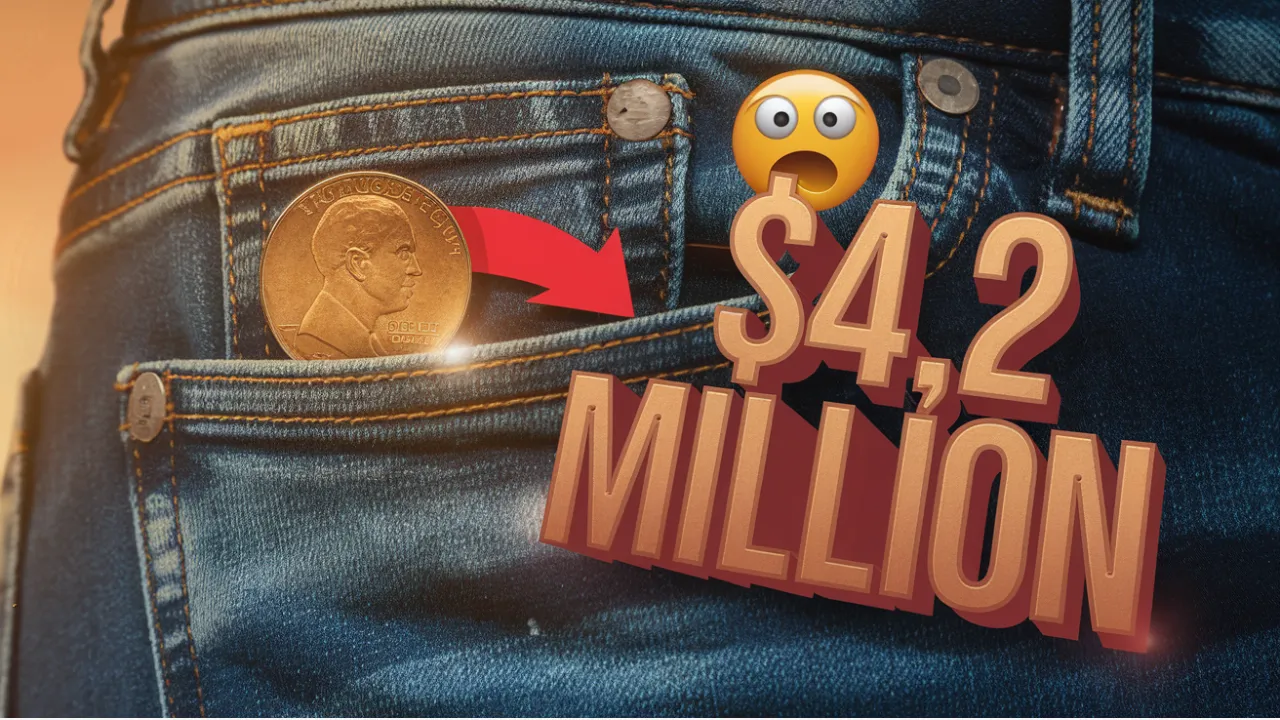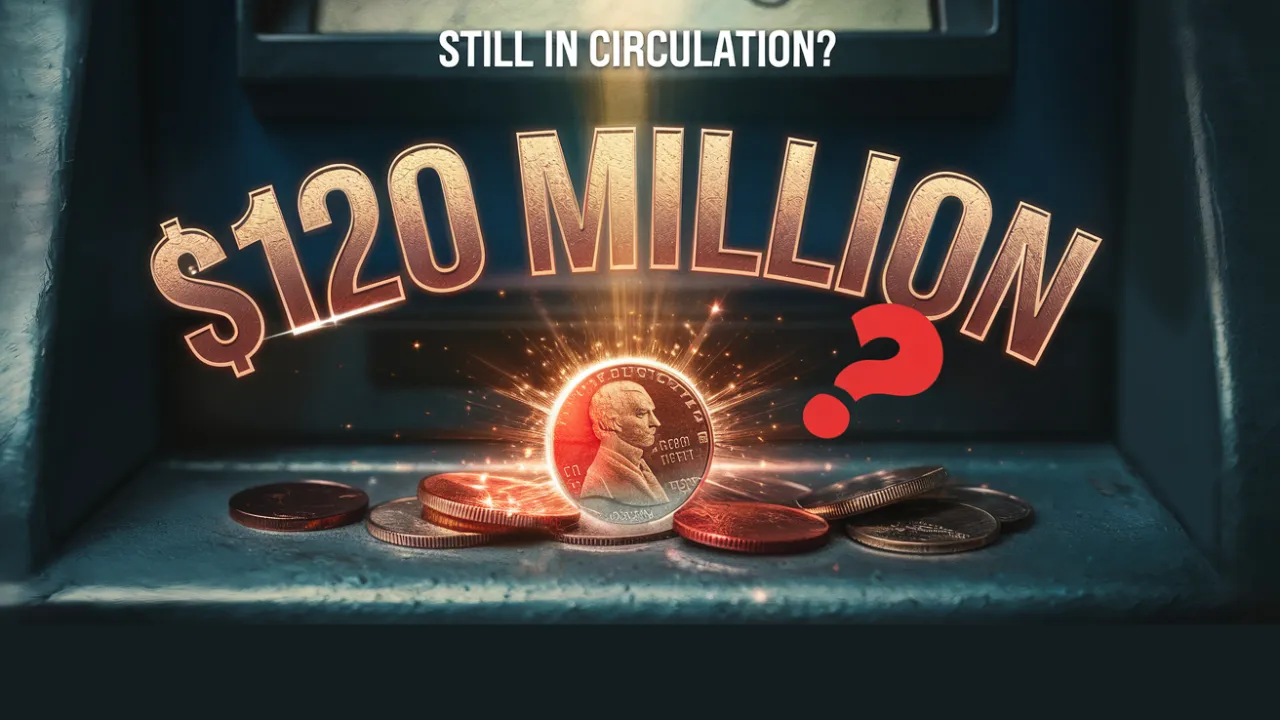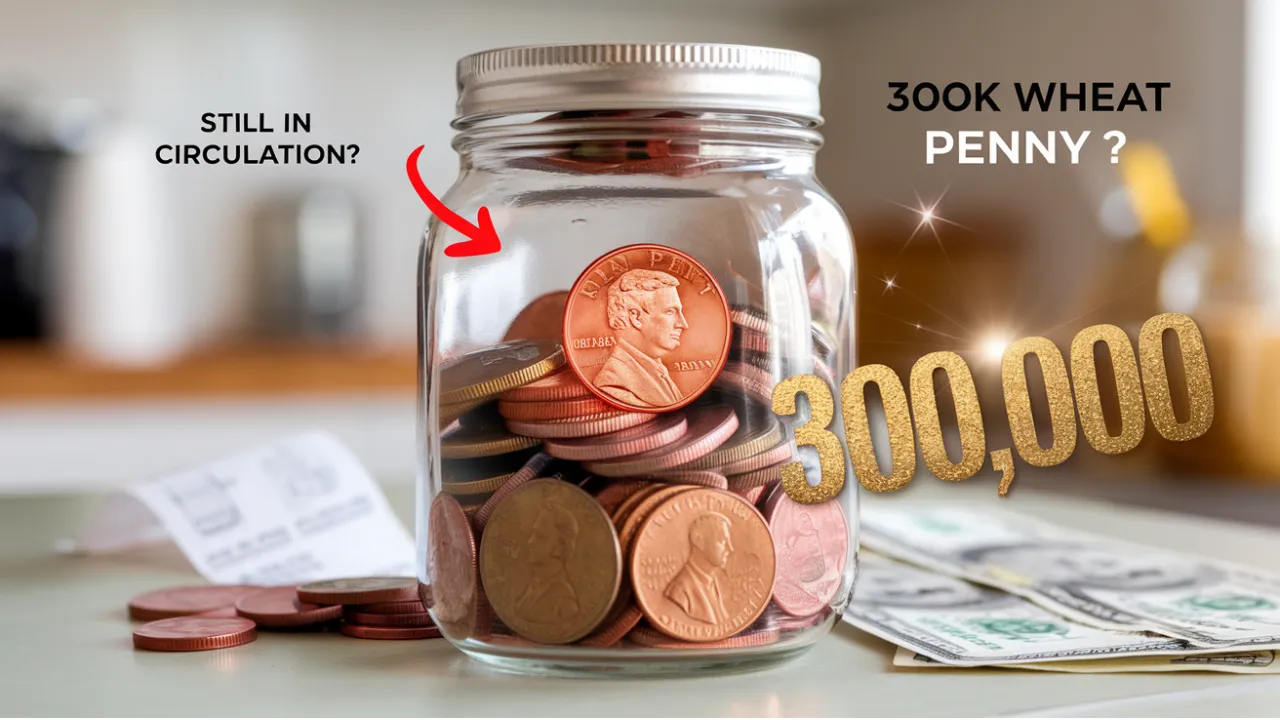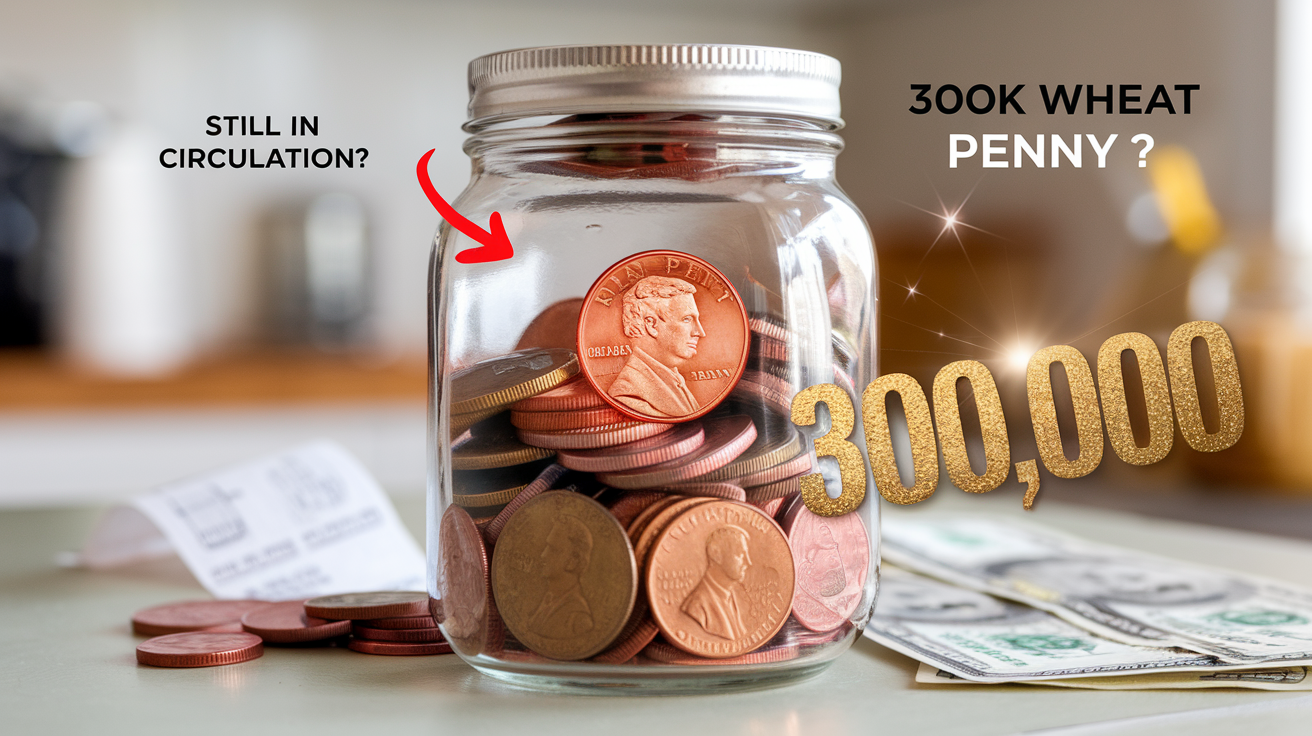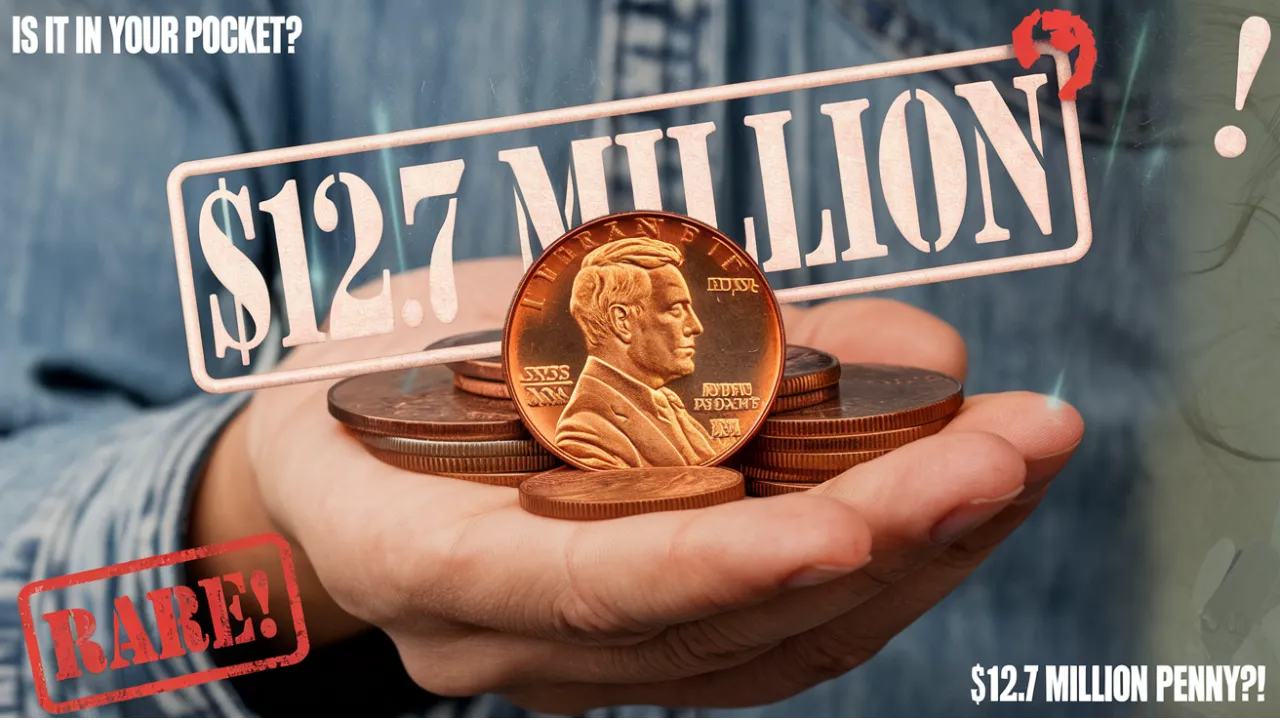The Lincoln Wheat Penny Worth $4.2 Million: Imagine sifting through your spare change, only to stumble upon a penny that could make you a millionaire. It sounds unbelievable, but this is the reality for a few lucky individuals who have discovered the rare Lincoln Wheat Penny—a tiny coin that’s been valued at a staggering $4.2 million. This isn’t just a piece of copper; it’s a slice of history that could be hiding right under your nose.
The Lincoln Wheat Penny isn’t just any old coin. Its rich history, unique features, and extreme rarity have made it one of the most valuable coins in existence. In this article, we’ll explore the fascinating story behind this million-dollar penny, what makes it so special, how to identify if you have one, and why it’s still believed to be floating around in everyday circulation.
Quick Facts About the $4.2 Million Lincoln Wheat Penny
| Key Feature | Details |
| Coin Name | Lincoln Wheat Penny |
| Estimated Value | $4.2 Million |
| Rare Year | 1943 (Copper Version) |
| Common Metal (1943) | Steel (due to wartime copper shortage) |
| Rare Metal Version | Copper (mistakenly minted) |
| Number Believed to Exist | 20–40 coins |
| Identification Method | Date check, magnet test, mint mark, appraisal |
| Last Known Sale | Sold for $4.2 Million at private auction |
| Chance of Finding One | Possibly still in circulation |
The Origins of the Lincoln Wheat Penny
The Lincoln Wheat Penny made its debut in 1909, marking the 100th anniversary of President Abraham Lincoln’s birth. It was a groundbreaking coin, being the first in U.S. history to feature a president’s portrait. Designed by Victor David Brenner, the front (obverse) showcases Lincoln’s profile, while the back (reverse) features two wheat stalks—hence the nickname “Wheat Penny.”
This classic design was produced until 1958, when it was replaced by the Lincoln Memorial penny. But within those years, particularly in 1943, something extraordinary happened—an accidental minting mistake that would later create one of the most valuable coins in history.
Why Is the 1943 Lincoln Wheat Penny Worth $4.2 Million?
The story of the $4.2 million Lincoln Wheat Penny starts during World War II. In 1943, the U.S. needed vast amounts of copper for military equipment. To conserve this critical material, the U.S. Mint decided to make pennies out of zinc-coated steel instead of copper.
However, a small number of copper blanks from 1942 accidentally remained in the minting machines. As a result, a handful of 1943 pennies were struck in copper rather than steel. This minting error created a rarity that coin collectors and enthusiasts have been chasing ever since.
What makes these pennies worth millions?
- Extreme Rarity: Only an estimated 20 to 40 of these copper pennies were ever produced.
- Historical Significance: They represent a fascinating mistake tied to an important moment in U.S. history.
- Collector Demand: Coin collectors are willing to pay top dollar for rare items, driving up the value.
One such coin fetched $4.2 million in a private auction, making it one of the most valuable pennies ever sold.
How to Identify a Rare 1943 Copper Lincoln Wheat Penny
If you’re wondering whether you might have one of these rare pennies, here’s how to check:
- Examine the Date: The rare version will be dated 1943. Most 1943 pennies are steel and appear silver, but the rare copper version has a brownish, reddish hue.
- Magnet Test: Since steel is magnetic, a common 1943 penny will stick to a magnet. The rare copper penny won’t.
- Look for Mint Marks: Check under the date for mint marks—no mark (Philadelphia), “D” (Denver), or “S” (San Francisco). Any of these could be valuable if the coin is copper.
- Professional Authentication: If you suspect you’ve struck gold (or copper, in this case), take your coin to a reputable coin appraiser or grading service like PCGS (Professional Coin Grading Service) or NGC (Numismatic Guaranty Corporation).
Features of the Rare 1943 Copper Penny
- Date: 1943
- Color: Reddish-brown (copper tone)
- Weight: Slightly heavier than the steel version
- Non-Magnetic: Will not stick to a magnet
- Mint Marks: No mark, “D,” or “S”
Could This Rare Penny Still Be in Circulation?
Yes, and that’s what makes this story even more thrilling. Some experts believe that a few of these 1943 Copper Lincoln Wheat Pennies are still out there. They could be hiding in old piggy banks, tucked away in dusty coin jars, or even mixed in with your everyday change.
People often overlook pennies because of their low value, which is exactly why these rare coins could go unnoticed. There have been stories of individuals finding rare coins at garage sales, flea markets, or even while sorting through coin rolls from the bank. So next time you’re counting your change, pay extra attention—you might be holding a piece of history worth millions.
Other Rare Lincoln Wheat Pennies to Look Out For
While the 1943 copper penny steals the spotlight, there are other Lincoln Wheat Pennies that could also be worth a fortune. Here are a few to keep on your radar:
- 1909-S VDB: One of the first Lincoln pennies with limited mintage, making it highly collectible.
- 1914-D: A key date for collectors due to its scarcity.
- 1922 No D: A rare error penny missing the Denver mint mark.
- 1955 Double Die: Known for its noticeable doubling of the date and lettering—highly prized by collectors.
If you come across any of these coins, it’s worth having them appraised by a professional.
FAQs About the $4.2 Million Lincoln Wheat Penny
1. How do I know if my 1943 penny is copper or steel?
Check the color—copper pennies are reddish-brown, while steel ones are silver-gray. A simple magnet test can help: steel pennies stick to a magnet, but copper ones won’t.
2. Are all 1943 pennies valuable?
No, most 1943 pennies are steel and common. The rare, valuable ones are the few mistakenly minted in copper.
3. What should I do if I find a rare penny?
If you suspect you have a rare penny, take it to a professional coin appraiser or a grading service like PCGS or NGC for authentication.
4. Where were the rare 1943 copper pennies minted?
They were minted in Philadelphia (no mint mark), Denver (“D”), and San Francisco (“S”). All copper versions from these mints are valuable.
5. How much is a 1943 copper penny worth today?
The value varies based on condition, but one sold for $4.2 million. Others have sold for hundreds of thousands of dollars.
Final Thoughts
The idea that a simple penny could be worth $4.2 million is mind-blowing. The Lincoln Wheat Penny isn’t just a piece of currency—it’s a hidden treasure that could be lurking in your coin jar right now. Whether you’re a seasoned collector or someone who’s curious about their spare change, it’s always worth taking a closer look.
So, the next time you’re handed a handful of coins, don’t dismiss those pennies. One of them might just be your ticket to a life-changing discovery. Check your change, share this story with your friends, and who knows—you could be the next person to find a $4.2 million Lincoln Wheat Penny hiding in plain sight!
